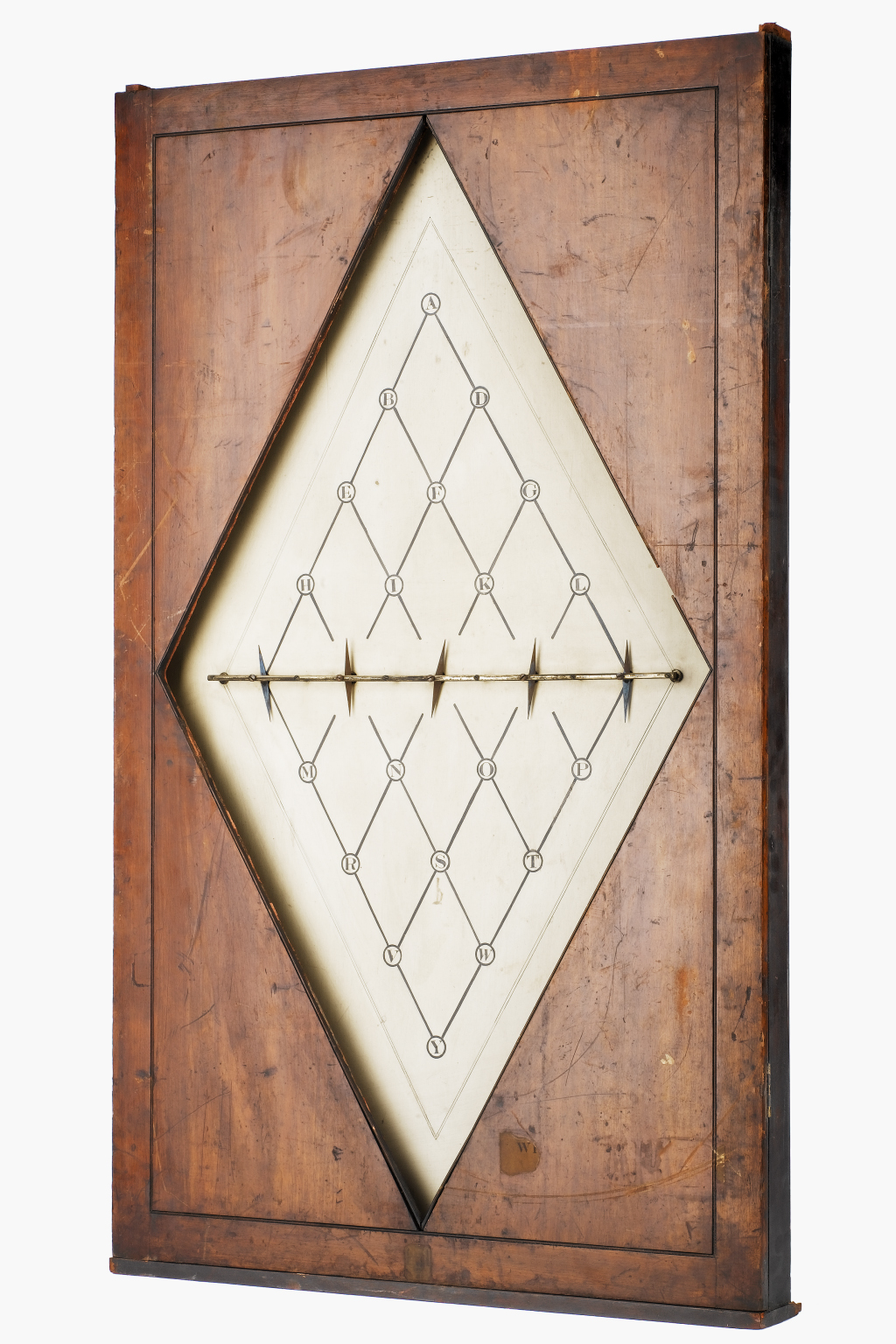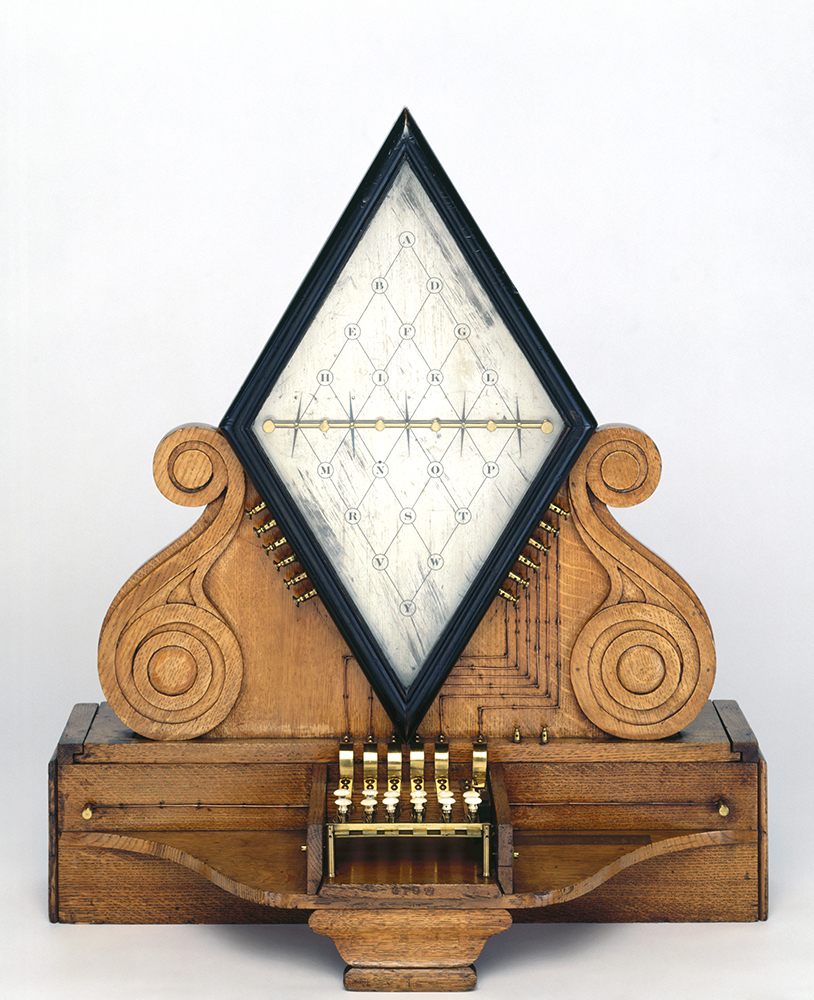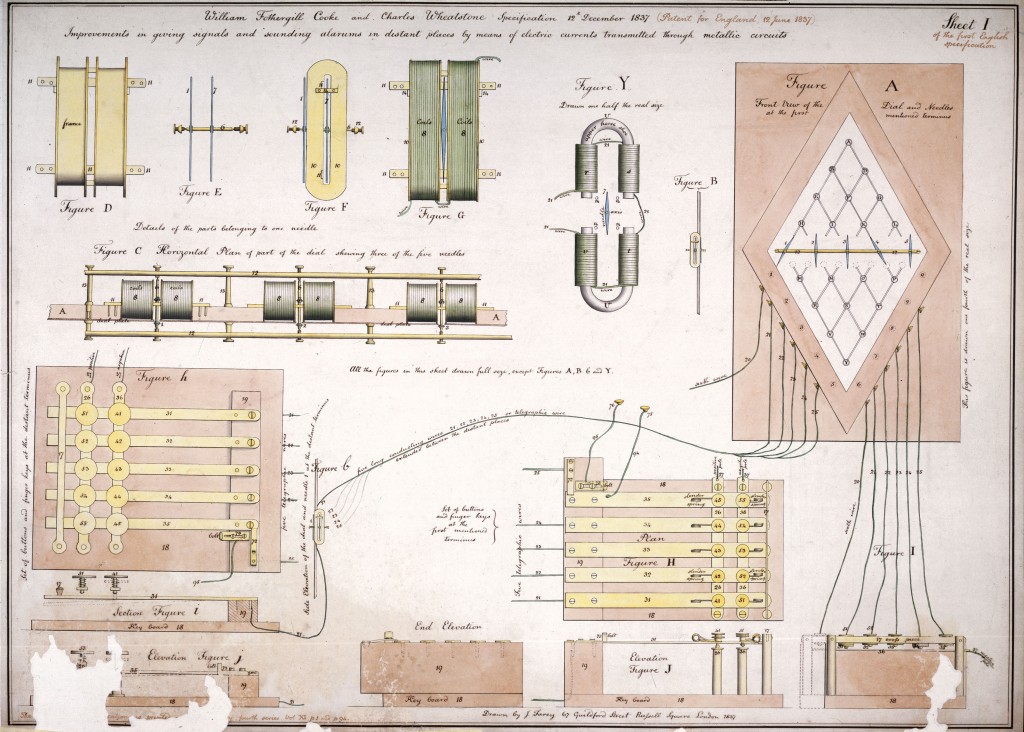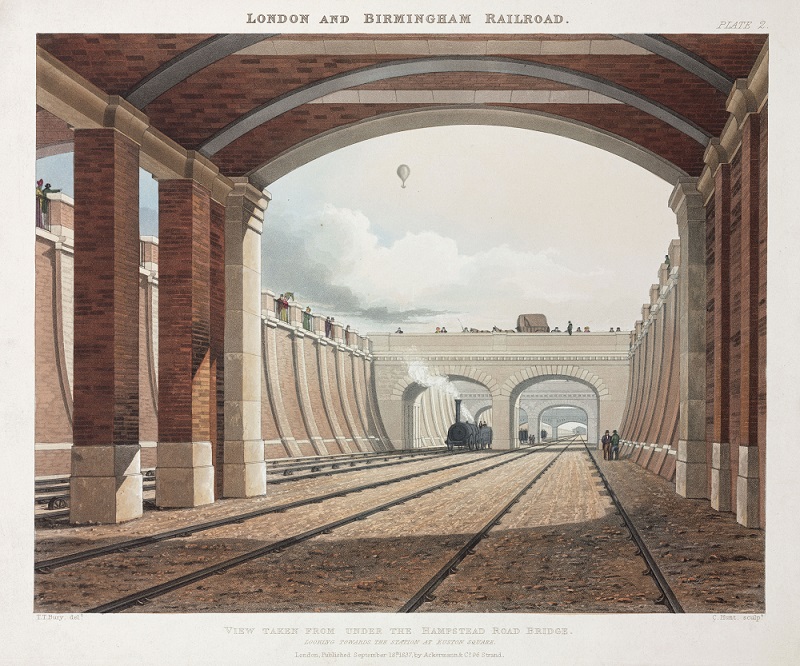The Science Museum’s new Information Age gallery features over 800 objects spanning 200 years of telecommunications. Many have been on display before, but most are on show for the first time in this gallery. Among these are newly-acquired objects that show the latest developments in communications, while others are drawn from the Museum’s extensive collections.
One object in particular represents what we believe to be a major discovery.
The object in question is a large Cooke and Wheatstone electric telegraph dial, on loan from Kings College London since 1963. The object has never before been on public display because of doubts over its authenticity. However, I am now confident that it dates from 1837, the year that the practical electric telegraph was introduced in Britain.

Since 1876, the Museum has displayed a smaller five-needle instrument and has claimed it to be one of the original instruments installed at either Euston or Camden Town in 1837 when Charles Wheatstone and William Cooke demonstrated their electric telegraph system to the directors of the newly-opened London and Birmingham Railway.
I had long been suspicious of this because there were several technical features which just did not ‘add up’. All the history books repeated the Museum’s assertion about its originality and yet there was no real evidence to confirm it. I decided it was time to find out for certain.

I researched the whole story again, this time using only contemporary records such as Cooke’s letters, other manuscript documents and press reports. After much work, I concluded that the large dial was almost certainly one of the two 1837 originals, whereas the smaller instrument was likely to be one of the working models made for demonstration at a High Court hearing in 1850 when a rival company was disputing Cooke and Wheatstone’s priority in the invention.
The layout of the dial was Wheatstone’s idea. Any of the 20 letters on the dial can be indicated by making the appropriate pair of needles point to it. No knowledge of a code is needed and the dial is big enough for a crowd of people to see it working. Then as now, good salesmanship was needed to put over new technology.

So why is this discovery so important?
The electric telegraph was the first practical use of electricity and from the 1840s onwards it transformed world communications. After a transatlantic telegraph cable was laid in 1866, messages between Europe and North America took only hours to arrive rather than weeks. Moreover, Cooke saw the emerging railway system as a major customer for the new technology. To operate safely, the railways needed to observe a timetable based on a standard time system.

The electric telegraph enabled Greenwich time to be distributed right across Britain, and within a few years local time, based on the times of sunrise and sunset, had been replaced by standard (Greenwich) time. The telegraph could also help catch criminals. In 1845 a message sent from Slough railway station to Paddington enabled murder suspect John Tawell to be identified, arrested, and in due course, executed.
After many years of doubt, I am now satisfied that one of the key inventions from the beginning of electric telegraphy has been authenticated and rightly takes its place in our new Information Age gallery.
John Liffen is the Curator of Communications.